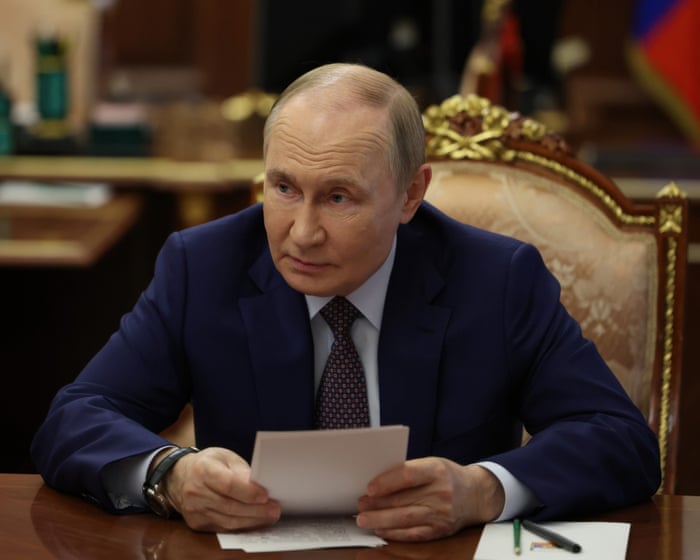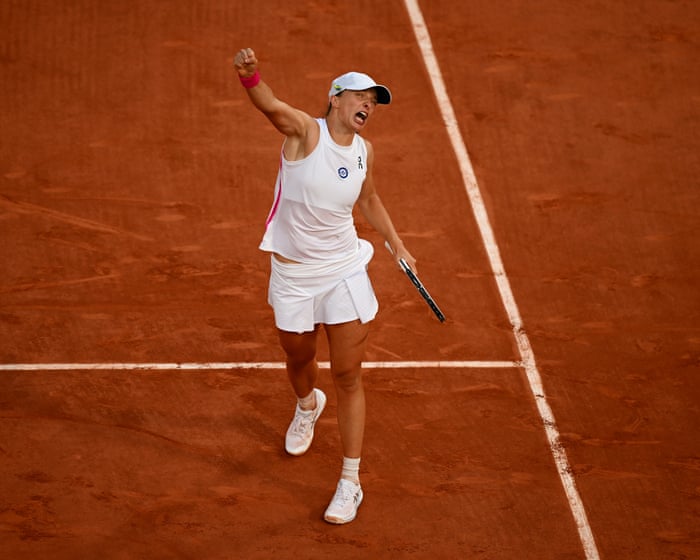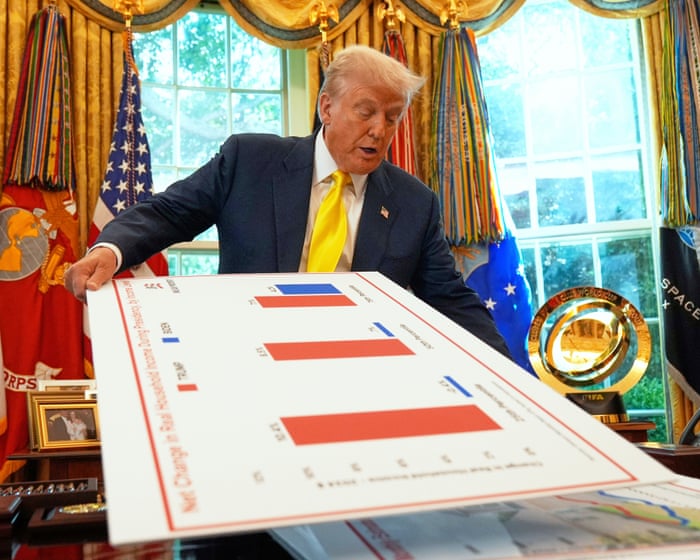Ukraine is facing unfortunate timing with this frontline breach. Small groups of lightly armed Russian saboteurs—reportedly three teams—have penetrated Ukrainian defenses in the rural Donbas area east of the strategic hub at Dobropillia. While one group has been neutralized, two others remained active as of Tuesday. Though their numbers are currently small (around 20-30 fighters), the breach is serious.
Earlier this year, Dobropillia was relatively safe—a busy market town filled with soldiers and civilians, located about 15 miles north of the frontline near Pokrovsk. But since then, the town—where key supply routes from Pokrovsk to Kramatorsk split—has faced relentless glide bomb attacks, while FPV drones target moving vehicles.
This is part of Russia’s increasingly coordinated strategy. Experts note that Russian forces have improved at locating and striking Ukrainian drone teams and mobile units. Even before this weekend, the southern T0514 supply road to Kramatorsk was vulnerable, with a Russian military blogger describing the “systematic elimination” of Ukrainian crews.
Meanwhile, Ukraine’s forces appear stretched thin. Critics like Bohdan Krotevych, former chief of staff of the Azov Brigade, argue that too much focus has been placed on infantry counterattacks near Pokrovsk—calling it a “soap bubble about to burst”—while neglecting stronger defensive preparations.
At President Zelenskyy’s urging, Ukraine deployed Azov forces to eliminate the infiltrators. But despite their small numbers, more Russian troops are nearby. Ukraine’s high command reported roughly 110,000 Russian soldiers near Pokrovsk, with another 12,000 expected from Sumy in the northeast to join an offensive.
This comes just days before Donald Trump hosts Vladimir Putin at a U.S. military base in Alaska. The exact terms of their meeting remain unclear, with reports suggesting Trump’s negotiator, real estate developer Steve Witkoff, may have misunderstood Putin’s recent statements. Zelenskyy believes Putin will only agree to a ceasefire if Ukraine surrenders the 3,400 square miles of Donetsk oblast it still holds, including Kramatorsk—a demand Kyiv has repeatedly rejected.
Trump may struggle to sway Putin if Russia sees Ukraine failing to contain the incursion. Putin already believes Russia is slowly winning the war. While previous advances near Pokrovsk have been slow and costly, momentum could accelerate soon.
Last August, Ukraine’s surprise offensive into Russia’s Kursk region—pushing 12 miles deep—boosted morale and seemed to offer leverage in future talks. But as Russia countered, that advantage faded. Though the Kursk operation delayed Russia’s 2024 Donbas offensive, Ukraine’s challenges may only have been postponed until 2025.
Throughout the war, Russia has struggled to capture small urban centers. It took a year to seize Bakhmut in May 2023. Pokrovsk was evacuated last August and expected to fall quickly, yet Russian forces remain on its outskirts, opting instead for a slow encirclement.
Where Russia has been… (text continues)Russian forces are having more success in rural areas. Their goal now is to cut off roads leading west into Kramatorsk, the key city in Donetsk that Putin desperately wants to capture. The invaders are gaining an advantage with longer-range FPV drones, including fiber-optic models that can’t be jammed, expanding the so-called “kill zone” to 9-12 miles or more.
Even so, Russian advances across open terrain will likely remain slow. According to the Institute for the Study of War, they’ve gained just 34 miles in 17 months since the Donetsk front started collapsing in February 2024.
On Wednesday afternoon, Trump warned of “very severe consequences” for Putin unless he agrees to a ceasefire in Ukraine. Ukrainian officials, like MP Halyna Yanchenko from Zelenskyy’s party, hope Trump will impose secondary sanctions on Russia’s oil exports to China—worth €4.1 billion last month—since no other U.S. intervention seems likely.
Zelenskyy recently shared striking figures that highlight Ukraine’s biggest challenge and Putin’s willingness to endure heavy losses. On Monday alone, Russia reportedly lost 531 soldiers killed, 428 wounded, and nine captured, while Ukraine had 18 killed, 243 wounded, and 79 missing.
Despite the lopsided casualties, Russia keeps attacking daily, accepting similar losses each time. As long as there’s no domestic opposition in Russia, Putin will likely feel he can drag out negotiations with Trump, ignoring the threats.
FAQS
### **FAQs: Ukraine’s Defense Struggles & Trump’s Potential Influence on Putin**
#### **Beginner-Level Questions**
**1. Why is Ukraine struggling to defend its front lines?**
Ukraine is facing shortages of weapons, ammunition, and troops due to prolonged fighting, delayed Western aid, and Russia’s larger military resources.
**2. Who is Putin, and why does his stance matter?**
Vladimir Putin is Russia’s president and the key decision-maker in the war against Ukraine. His willingness to negotiate or escalate the conflict affects global security.
**3. How could Trump influence Putin if he becomes U.S. president again?**
Trump has claimed he could negotiate a quick peace deal, but experts doubt Putin would make concessions without major Ukrainian territorial losses.
**4. What is NATO’s role in Ukraine’s defense?**
NATO provides weapons, intelligence, and training to Ukraine but hasn’t sent troops directly, as Ukraine is not a member.
**5. Why is U.S. military aid to Ukraine delayed?**
Political disagreements in Congress, especially among some Republicans, have stalled funding approvals.
—
#### **Advanced-Level Questions**
**6. How does Ukraine’s current military situation compare to early 2023?**
Ukraine’s 2023 counteroffensive failed to gain major ground, and Russia has since regained momentum, exploiting delays in Western support.
**7. What leverage does Trump have over Putin in potential negotiations?**
Trump could offer sanctions relief or reduced U.S. support for Ukraine, but Putin may still push for territorial gains.
**8. Could a Trump presidency lead to reduced U.S. support for Ukraine?**
Yes, Trump has criticized aid to Ukraine and may pressure Kyiv to accept concessions for peace.
**9. What are Putin’s long-term goals in Ukraine?**
Putin seeks control over eastern Ukraine, weakening Kyiv’s ties to the West, and securing Russia’s regional dominance.
**10. How might European allies react if the U.S. reduces support for Ukraine?**
Some, like Germany and Poland, may increase aid, but overall Western unity could weaken without U.S. leadership.
**11. What are the risks of a negotiated peace that favors Russia?**
It could encourage further Russian aggression, undermine global security, and leave Ukraine vulnerable to




